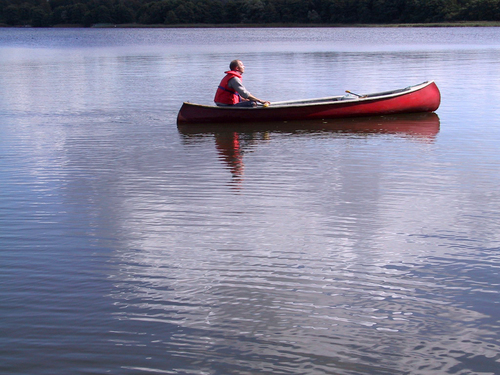Kayak Types
When someone is choosing which kayak to buy, they undoubtedly need to take its purpose into account. Over the years, a number of specialist types have been developed. They tend to be categorised based on their application. For example, sea and touring options are focused on stability in rough water conditions. Racing kayaks naturally prioritise speed above everything else. The ones made for fishing will need to have attachments for rods and other gear.
Recently newer types have been created. For example, disabled athletes might utilise para-canoes in specialist competitions. These vehicles will take the unique needs of the rider into account. This shows just how versatile kayaks can be.
Broadly speaking, these vessels have two distinct types. Sit-in ones have a space inside for the rider to fit themselves into. Sit-on-top kayaks are inspired by paddleboards. They have footrests and backrests on the outside of the hull. They closely resemble surfboards in their design.
In the future, it seems likely that newer hybrids will be created. Kayaks have a plethora of uses. More affordable and innovative manufacturing processes have led to the invention of exciting kayak types.
Kayak Materials
The material that a kayak is made from will dictate its weight and durability. A lot of people prefer it when these vessels are made from fibreglass. This is due to the fact that the hull will be stiffer compared to polyethene. However, if the kayak hits something, it will be more prone to cracking. News sites such as Sky regularly report on professional kayak tournaments. The vehicles in these competitions are often made from a lightweight material such as fibreglass.
If people are not concerned about the weight, they may choose one made using a plastic resin. These are popular because they are more resistant to impact. Recently, inflatable kayaks have become more popular. This is due to the ease of storing and transporting them. They can be made from Hypalon or PVC. The latter is a cheaper option.
People seeking something with a more classic look could purchase a wooden kayak instead. The hulls are usually solid and can be coated in an epoxy resin. The type of wood can vary. Plywood, thuja, pine and redwood are popular choices. Generally speaking, higher quality wood will be more expensive.
Kayak Materials
The material that a kayak is made from will dictate its weight and durability. A lot of people prefer it when these vessels are made from fibreglass. This is due to the fact that the hull will be stiffer compared to polyethene. However, if the kayak hits something, it will be more prone to cracking. News sites such as Sky regularly report on professional kayak tournaments. The vehicles in these competitions are often made from a lightweight material such as fibreglass.
If people are not concerned about the weight, they may choose one made using a plastic resin. These are popular because they are more resistant to impact. Recently, inflatable kayaks have become more popular. This is due to the ease of storing and transporting them. They can be made from Hypalon or PVC. The latter is a cheaper option.
People seeking something with a more classic look could purchase a wooden kayak instead. The hulls are usually solid and can be coated in an epoxy resin. The type of wood can vary. Plywood, thuja, pine and redwood are popular choices. Generally speaking, higher quality wood will be more expensive.


